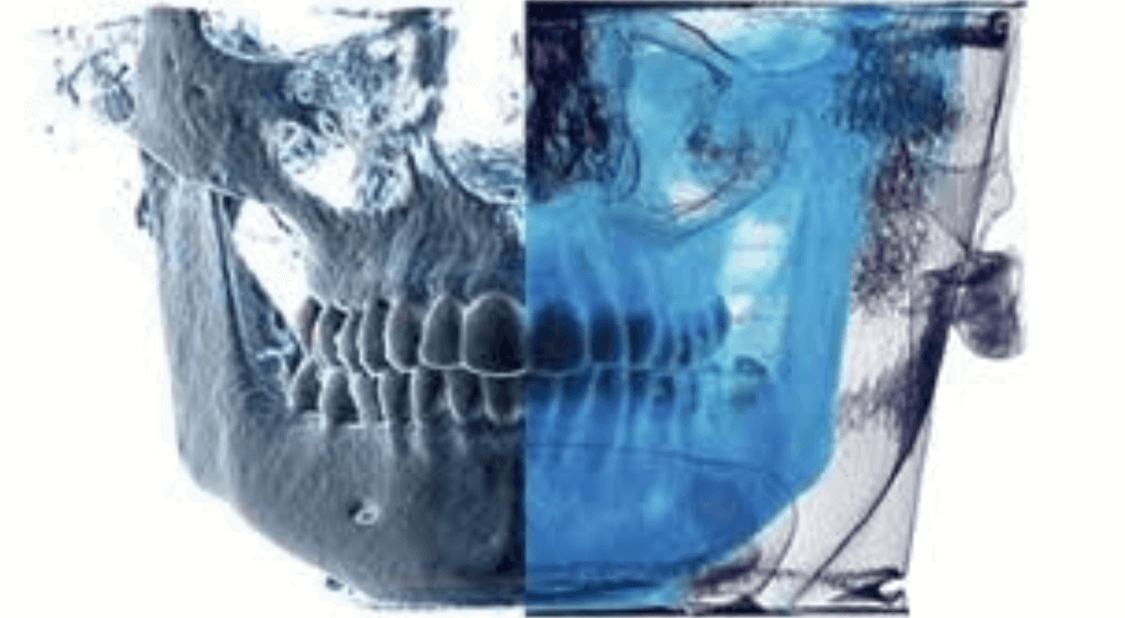Once these measurements are taken, a surgical splint is created as a template, which reproduces with total accuracy the position of the implants. These splints serve as a guide to access the gum without opening it, thanks to a series of holes located in the exact position where the implants must be placed, and allowing only drill to the pre-established depth. This allows for a minimally invasive surgery, without lifting the gum or giving stitches, in most cases
Another advantage of guided surgery is that it allows avoiding delicate areas such as the dental nerve or the maxillary sinus, in addition to reducing surgery time. An intervention that used to take between 2 to 3 hours, can be carried out in a span of 30-45 minutes.
For the patient, a less invasive and shorter surgery results in a more comfortable postoperative period, as there are no cuts or stitches, in addition to the fact that the implants are placed with the maximum accuracy, with unbeatable functional and aesthetic results.








